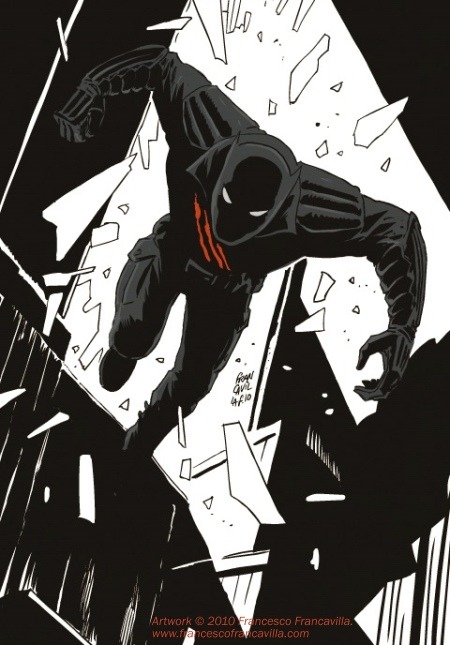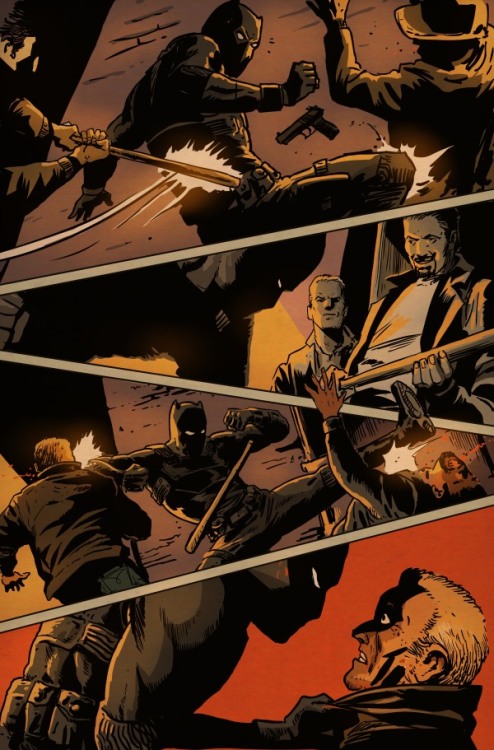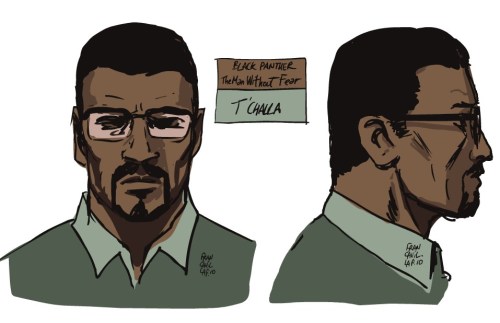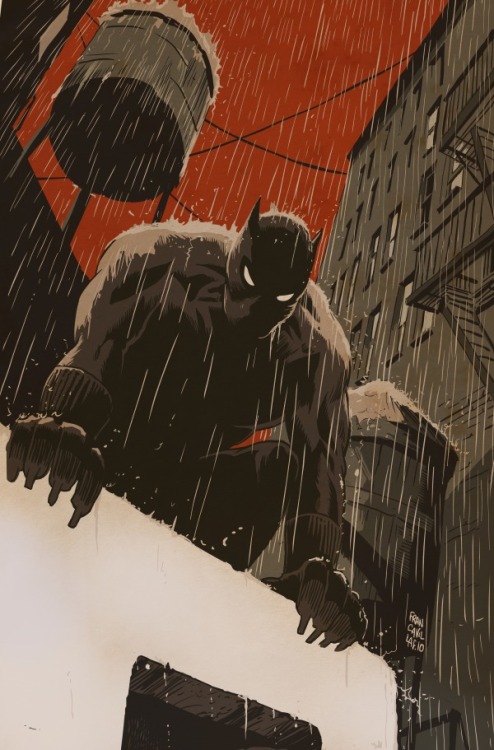Friday, February 28, 2014
Afrakan History Walks The Streets of London
Next Walks in the St Pauls/Bank area : 2pm Saturday March 1st 2014
In 100 minutes your guide will take you through hundreds of years of the African presence, and contribution, to London’s way of life. Discover secret alleyways and enormous buildings all connected to Africa and the Caribbean in ways which the owners do not want you to know. Find out about black loyalists and African revolutionaries. Uncover the submerged links between racism, trade, religion, slavery and politics which are still evident in the very streets and buildings of the oldest part of London.
Next Walks in Trafalgar Square: 11.30am Sunday 2nd March 2014
Millions of people walk through WC2 (Trafalgar/Leicester Square area) every day and have no idea of the centuries of African history under their feet. In 2 hours your guide will uncover the black presence and influence in the area. African Princes, Generals, Resistance Fighters, Civil Rights Leaders, Pilots, Nurses and Sailors all make an appearance. We highlight the links between Africa, China, India and the Caribbean and explain how history was whitewashed and racism institutionalised. In 2007 there was a huge emphasis on the 200th anniversary of the British ‘abolition’ of the human trade in 1807, but African freedom fighters in the Caribbean island of Haiti defeated the French, Spanish and British armies and had already declared their independence in 1804.
£7.00 adults £3.00 children. Group bookings possible. Walks last approx 2 hours, mail to info@blackhistorywalks.co.uk with number of places required. You will then receive confirmation and joining instructions.
Wednesday, February 26, 2014
Afrakans in Amuraka: Black History Month Profile - Margaret Danner
Margaret Danner, born in1915 in Chicago, was an poet, editor and most importantly an Afrakan cultural activist. She is best known for her poetry whose textured imagery demonstrated her deep appreciation of Afrakan heritage and its cultural expressions.
Danner aimed “to inject some strength” into her work and to train her naturally delicate style to carry forceful messages of Afrakan pride and racial equality, what she called “the social conscious” Poems such as “Etta Moten’s Attic” and “Africa, Drifting Through Me Sings” demonstrate Danner's growing passion for Afrakan arts, cultures and peoples in the 1940s and 1950s.
Professing “the power of the Afrakan pull to be stronger than Western Civilization in my psyche,”Danner framed many of her poems around encounters with Afrakan art objects. She wrote in 1968, “I believe (and have tried for many years to do something positive about this conviction) that the [Afrakan] should be awakened to [their] vast beauty.”
Danner joined the staff of Poetry: A Magazine of Verse as an editorial assistant in 1951 and in 1956 became the first American Afrakan to serve as a Poetry assistant editor. “Far From Africa: Four Poems,” which would become one of Danner’s most anthologized works, appeared in Poetry in 1951 and earned her a John Hay Whitney fellowship for a trip to Afraka, which she delayed until 1966. In 1966, Danner took her long-desired trip to Afraka and joined prominent American Afrakan cultural figures at the First World Festival of Negro Arts in Dakar, Senegal. The poem “At Home in Dakar” (also published as “At Home in Africa”) recalls this trip.
Danner moved to Detroit in 1959 to join that city’s vibrant community of Afrakan writers and artists. She quickly became a part of the “Detroit Group,” which included writers such as Dudley Randall, Oliver LaGrone, Woodie King, Jr., James Thompson and Naomi Long Madgett. In 1962, Danner was named a poet-in-residence at Wayne State University. That same year, Danner talked a local Baptist pastor into lending her an empty parish house to found a cultural center for Afrakan writers, artists and musicians. Boone House became the artistic home of the Detroit group from 1962 to 1964. At Boone House, Danner and Randall collaborated on Poem Counterpoem (1966)—the first book out of Randall’s Broadside Press, an important independent Afrakan publisher still in operation today.
In the late 1960s and 1970s, Danner published her third and fourth volumes of poetry, Iron Lace (1968) and The Down of a Thistle: Selected Poems, Prose Poems, and Songs (1976). Her work continued to draw upon Afrakan (as well as Western) art, flora and fauna, relationships with her fellow poets and scenes from urban life. Several of her poems address or discuss her grandson, Sterling Washington, Jr., whom she calls “Muffin,” and who seems to represent an American Afrakan future. Margaret Esse Danner died on January 1, 1984, in Chicago.
Tuesday, February 18, 2014
Former Black Panther artist Francesco Francavilla celebrates "BLACK HISTORY MONTH."
We start off with an icon of black superheroes: T’CHALLA, aka BLACK PANTHER!
Created by legends Stan Lee and Jack Kirby back in 1966, his first appearance was in Fantastic Four #52. He is the first black superhero in mainstream American comics, debuting several years before other African-American superheroes as Marvel Comics’ the Falcon and Luke Cage.
My very first gig at MARVEL was to illustrate several arcs of BLACK PANTHER as he was taking over DAREDEVIL as protector of Hell’s Kitchen. I couldn’t be happier to start working with Marvel than on this character: writer and friend David Liss wrote a sweet noir/thriller that was a perfect fit to my artistic sensibilities, resulting in some of my personal favorite sequentials.
And BLACK PANTHER/T’CHALLA is, without doubts, one of my favorite comicbook heroes.
Francesco Francavilla
Created by legends Stan Lee and Jack Kirby back in 1966, his first appearance was in Fantastic Four #52. He is the first black superhero in mainstream American comics, debuting several years before other African-American superheroes as Marvel Comics’ the Falcon and Luke Cage.
My very first gig at MARVEL was to illustrate several arcs of BLACK PANTHER as he was taking over DAREDEVIL as protector of Hell’s Kitchen. I couldn’t be happier to start working with Marvel than on this character: writer and friend David Liss wrote a sweet noir/thriller that was a perfect fit to my artistic sensibilities, resulting in some of my personal favorite sequentials.
And BLACK PANTHER/T’CHALLA is, without doubts, one of my favorite comicbook heroes.
Francesco Francavilla
Art from BLACK PANTHER MWF URBAN JUNGLE by Francesco Francavilla
Article and art from http://francavillarts.tumblr.com/
It is something to think about in regards to how ready Tchalla the Black Panther, Wakanda, the very franchise itself (ahh hell, throw in Storm) are all primed for major exposure to a new demographic of Afrakan (so-called Black people) readers of fiction (speculative and science) lovers of comic books and those who appreciate animated adventures.
If Marvel was ever serious about transitioning the Black Panther to "A" level status they would have gave him to Wesley back in the day. If they were really serious they would have let Reginald Hudlin produce and direct his interpretation of the Black Panther for the big screen. If they were serious about promoting BP they would have treated Priest with far more reverence for advancing the Panther well beyond the station of Avengers' fall guy.
I mean if they were anywhere near serious they would have supported David Liss'immensely honest, sincere and succeeding attempts to manage the debacle the Black Panther was in post Doomwar. Here's to you David as to what may have been your fiftieth issue.
If Marvel was ever serious about transitioning the Black Panther to "A" level status they would have gave him to Wesley back in the day. If they were really serious they would have let Reginald Hudlin produce and direct his interpretation of the Black Panther for the big screen. If they were serious about promoting BP they would have treated Priest with far more reverence for advancing the Panther well beyond the station of Avengers' fall guy.
I mean if they were anywhere near serious they would have supported David Liss'immensely honest, sincere and succeeding attempts to manage the debacle the Black Panther was in post Doomwar. Here's to you David as to what may have been your fiftieth issue.
Fan drawn cover by A. Muriel
Monday, February 17, 2014
Afrakans in Amuraka: Black History Month Profile - Manuel dos Reis Machado
Manoel dos Reis Machado was a grand master practitioner who brought to world prominence the Brazilian Afrakan martial art known as Capoeira. He is the "true" father modern Capoeira Angola.
November 23, 1899 – February 5, 1974
Commonly called Mestre Bimba, Manoel dos Reis Machado, was born the son of Luiz Cândido Machado and Maria Martinha do Bonfim. Manoel was born at the Bairro do Engenho Velho, Salvador. The nickname "Bimba" came up due to a bet between his mother and the midwife during his birth; his mother bet that he was going to be a girl and the midwife bet he would be a boy. After he was delivered, the midwife said... it's a boy, look at his Bimba' (male sexual organ).
Manoel started learning Capoeira when he was 12 years old. Capoeira was considered illegal and those caught practicing it persecuted by the authorities.
By 18, Manoel felt that Capoeira had lost all its efficacy as a true martial art designed as an instrument of resistance to colonial rulership. He saw Capoiera evolving more as something akin to a folkloric activity, it complex movements and postures reduced to a mere nine manuevers. It was then that Manoel started to restore movements from traditional Capoeira, introducing movements created by himself as well adding movements from the Afrakan fighting style called Batuque. Manoel learned Batuque from his father, whom was a champion practitioner. This style later became known as "BimbaAngola"
Manoel was the 1st to create a method of teaching to help facilitate learning because until then, Capoeira was only learned by watching and participating in the roda. In 1928, a new chapter in the history of Capoeira began, as well as a change in the way Afrakan people brought to Brazil as prisoners of war were looked upon by Brazilian society. After a performance at the palace of Bahia's Governor, Juracy Magalhães, Manoel successful in convincing the authorities of the cultural value of Capoeira, thus in the 1930s ending its official ban, in effect since 1890.
Machado founded the first Capoeira school in 1932, the Academia-escola de Cultura Regional, at the Engenho de Brotas in Salvador, Bahia. Capoeira was still heavily discriminated against by the white Brazilian society. In order to change the pejorative reputation of capoeira and its practitioners, Manoel instigated new standards to the art.His students had to wear a clean, white uniforms, show proof of grade proficiency from school, exercise discipline, show good posture as well as many other standards. The result, doctors, lawyers, politicians, upper-middle-class people, and women (until then excluded) started to join his school, providing Machado with legitimacy and support.
In 1936, Machado challenged fighters of any martial art style to test his regional style. He had four matches, fighting against Vítor Benedito Lopes, Henrique Bahia, José Custódio dos Santos ("Zé I") and Américo Ciência. Machado won all matches. On June 9th 1937, he earned the state board of education certificate. and officially registered the 1st Capoeira center. In 1942, Machado opened his second school at the Terreiro de Jesus on Rua das Laranjeiras. The school is still open today.
Saturday, February 15, 2014
Afrakans in Amuraka: Black History Month Profile - Philip Emeagwali
The internet owes much of its existence to Philip Emeagwali, who created the formula that made it possible multiple computers to communicate with one another at once.
Philip Emeagwali is a Nigerian Afrakan engineer and computer scientist/geologist who was one of two winners of the 1989 Gordon Bell Prize, a prize from the IEEE, for his use of a Connection Machine supercomputer to help analyze petroleum fields. He received a bachelor's degree in mathematics from Oregon State University in 1977. During this time, he worked as a civil engineer at the Bureau of Land Reclamation in Wyoming. He later moved to Washington DC, receiving in 1986 a master's degree from George Washington University in ocean and marine engineering, and a second master's in applied mathematics from the University of Maryland. He is married to Dale Brown Emeagwali, a noted American Afrakan microbiologist.
For more info visit http://emeagwali.com/
Saturday, February 01, 2014
Afrakans in Amuraka: Black History Month Profile - Mark E. Dean
Mark E. Dean is an American Afrakan inventor and a computer engineer. Dean was part of the team that developed the interior architecture (ISA systems bus) that enables multiple devices, such as modems and printers, to be connected to personal computers. In addition he led a design team for making a one-gigahertz computer processor chip. Dean holds more than 20 patents including three of IBM's original nine PC patents.
Dean holds a bachelor's degree in electrical engineering from the University of Tennessee, a master's degree in electrical engineering from Florida Atlantic University and a Ph.D. in electrical engineering from Stanford University. Dean has also taught computer science at Harvard and was CTO for IBM Africa. Dean is the first American Afrakan to become an IBM Fellow which is the highest level of technical excellence at the company.
Subscribe to:
Comments (Atom)













